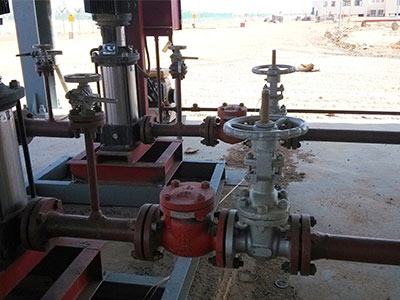When it comes to HVAC (Heating, Ventilation, and Air Conditioning) systems, the blow motor is at the heart of ensuring optimal airflow. This essential component powers fans that distribute air throughout buildings. In this article, we’ll take a closer look at how blow motors work, their importance in HVAC systems, and how they can impact energy efficiency and comfort.

The Role of the Blow Motor in HVAC Systems
A blow motor is responsible for driving the fan in HVAC systems, circulating air through ducts and vents. The motor’s efficiency determines how well the system performs, making it crucial for maintaining a comfortable indoor climate. Without a reliable blow motor, HVAC systems would struggle to regulate air temperature and quality.
Benefits of Modern Blow Motors for HVAC
- Improved Airflow: A high-performance blow motor ensures optimal airflow, enhancing the efficiency of your HVAC system. This results in better temperature control and air quality.
- Energy Savings: Modern blow motors are designed for energy efficiency, reducing electricity consumption while maintaining excellent performance.
In construction projects that utilize geocell for ground stabilization or erosion control, blow motors are often used to power equipment that installs and compacts the geosynthetic materials. The efficient operation of blow motors is critical to the success of these projects, helping improve the longevity and reliability of the geocell structures.
